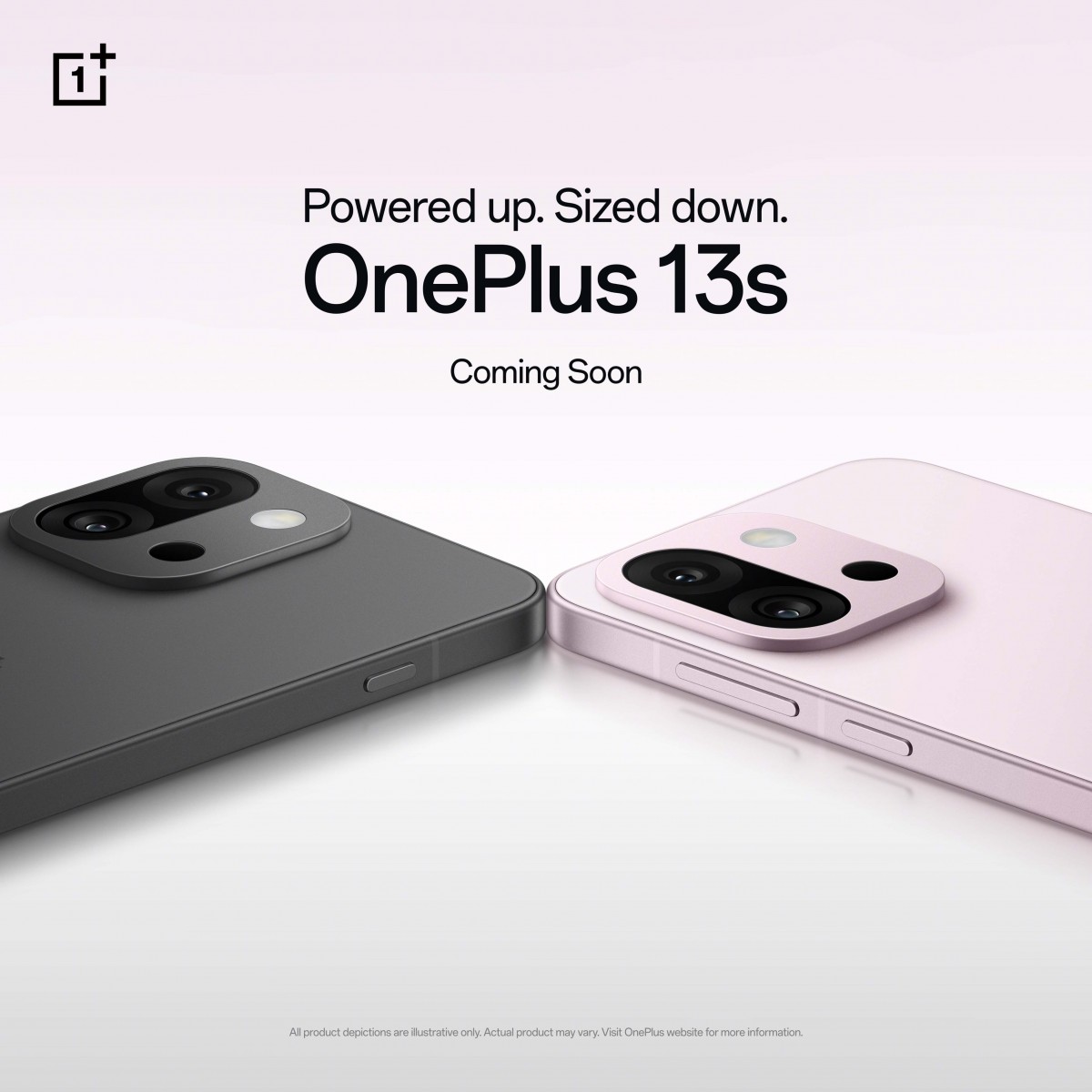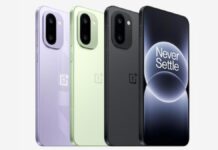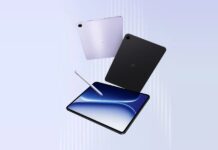OnePlus India announced its plans to launch the device locally under a different name, the OnePlus 13s, after the device was announced in China as the OnePlus 13T. As of now, the brand has not revealed the exact launch date.
With the exact specifications as the OnePlus 13T, the device will feature a 6.32-inch display, a Snapdragon 8 Gen Elite processor, and a 6,260mAh battery with 80w fast charging.
On OnePlus India’s website, the 13s are displayed in pink and black, which were two of the colors that debuted in China. The third grey colour may also be available in the international version.
OnePlus 13T:

The new OnePlus 13T will feature a smaller 6.32-inch 1.5K (2640x1216p) BOE X2 OLED 8T LTPO display with a 120Hz refresh rate. OPPO Crystal Shield Glass protects the display on top. It comes with 4500 nits of peak brightness, 1600 nits of peak full-screen brightness, a DisplayMate A+ rating, and Dolby Vision support.
OnePlus 13T will ship with a Snapdragon 8 Elite SoC. The device comes with 12GB/16GB RAM and 256GB/512GB/1TB UFS 4.0 storage.

It comes with stereo speakers that support Dolby Atmos. On the back, the OnePlus 13T will ship with triple-rear cameras with a 50MP Sony IMX906 sensor with f/1.8 aperture with OIS. There is a 50MP Samsung JN5 telephoto sensor with 2x optical zoom, OIS and LED flash. The high-resolution sensor in the camera enables it to capture images at 2x zoom while maintaining excellent image quality. There is the same 16MP selfie camera with an f/2.5 aperture.
The OnePlus 13T packs a massive 6260mAh battery with 80W fast charging. It runs on Android 15 with OxygenOS 15 on top. The connectivity option includes Dual SIM with Dual 4G LTE and VoLTE support, 5G Dual Mode (SA/NSA) support, in-display fingerprint scanner, Wifi 7, A-GPS, GLONASS, Bluetooth 5.4, NFC, USB Type-C port and 1216 Linear Speaker, Dolby Atmos, Hi-Res Audio certification.
OnePlus has enhanced its software support policy, now providing 4 years of OS updates and 6 years of security patches. While this is a step forward, it still falls short of the extended support offered by Samsung, Google, and Apple.











